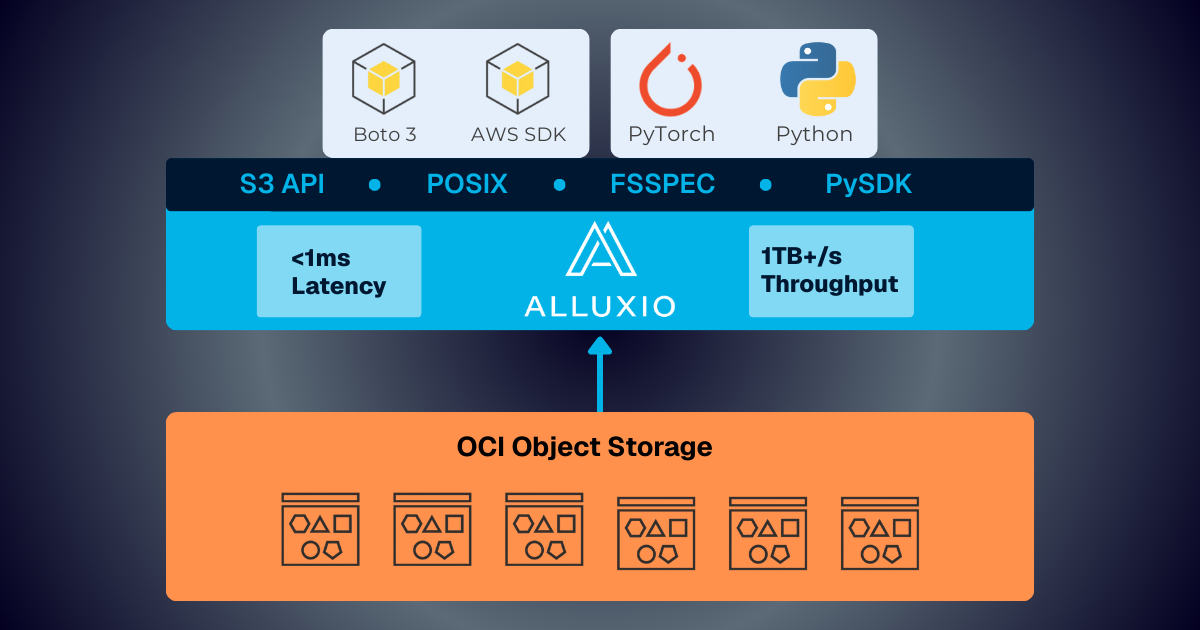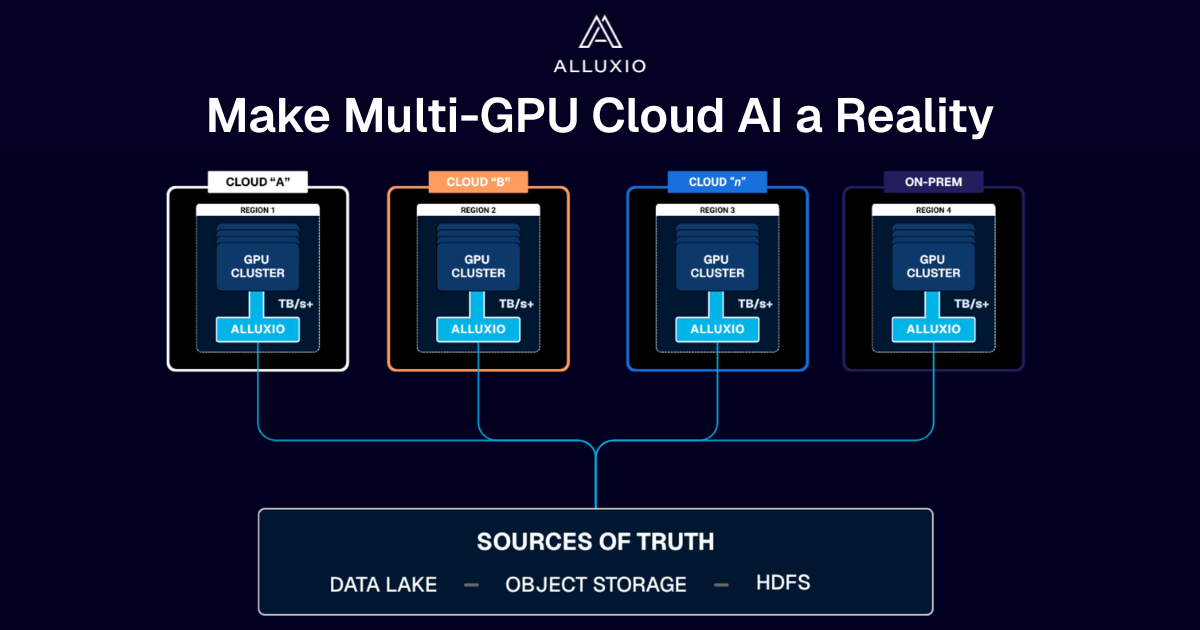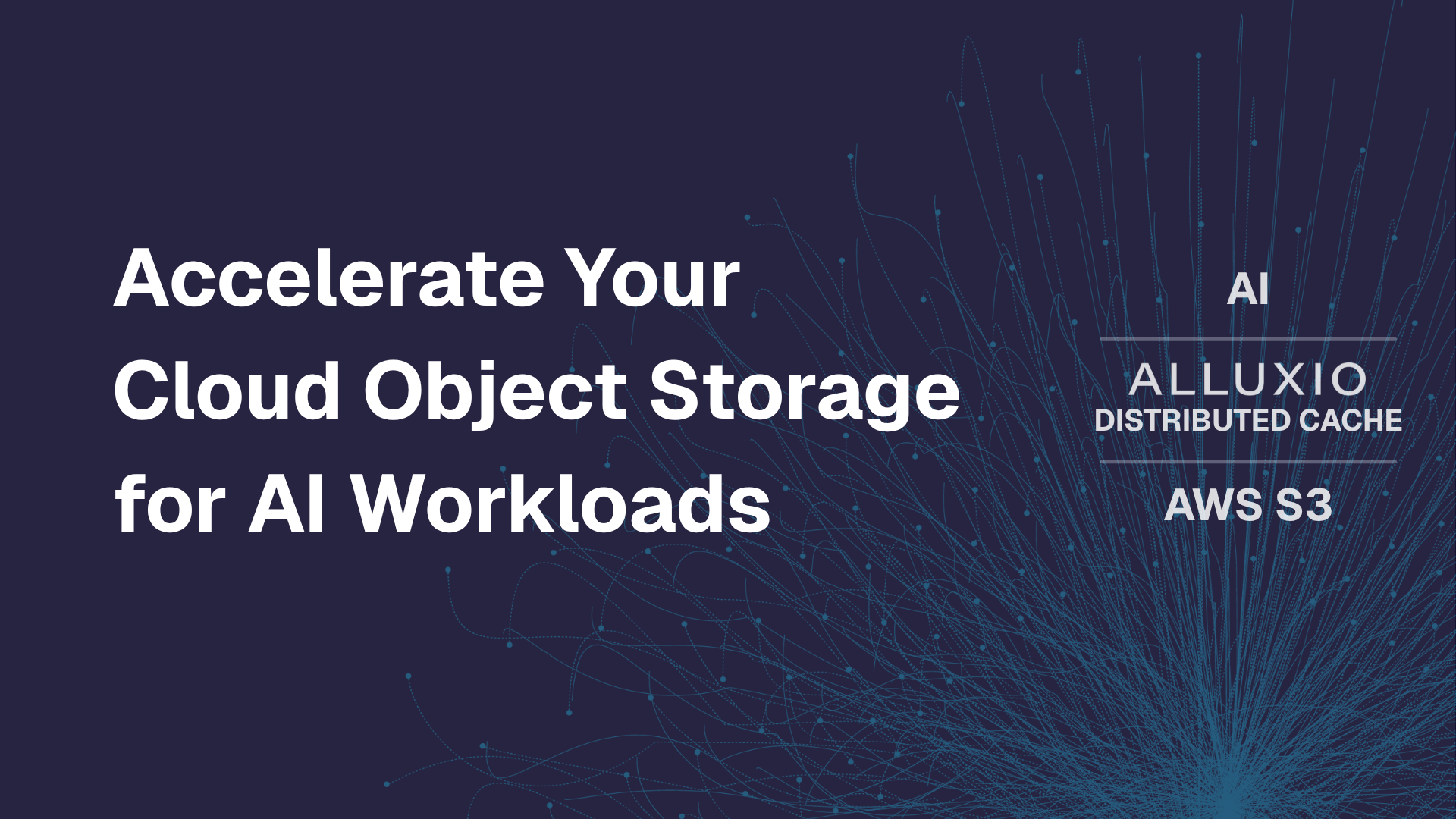Products
Data Orchestration Summit Recap and Highlights
November 13, 2019

We are delighted by the success of the inaugural Data Orchestration Summit on Nov. 7, 2019! Organized by Alluxio, this one-day event was sold out with nearly 400 attendees! Data engineers, cloud engineers, data scientists joined the talks of 24 industry leaders from all over the globe to share their experiences building cloud-native data and AI platforms. All session recordings and slides are now available.
Key Announcements
Haoyuan Li, founder and CTO of Alluxio, opened the summit with his talk - Orchestrate a Data Symphony, where he discusses the key challenges and trends impacting data engineering in relation to building modern data and AI platforms, and explore the concept of Data Orchestration.
In the Alluxio tech talks, founding engineers Calvin Jia, Bin Fan, and Gene Pang dive into Alluxio 2 Series' key features in open source, community updates, and the latest innovations bringing Alluxio open source into the world of structured data.
Session highlights
The featured talks for the Summit highlighted how leading companies architect their data and AI platforms through the data orchestration approach, leveraging open source technologies such as Alluxio, Apache Spark, Presto, and more. Some session highlights include:
- Orchestrate a Data Symphony - Haoyuan Li, Alluxio
- Enterprise Distributed Query Service powered by Presto & Alluxio across clouds at WalmartLabs - Ashish Tadose, Walmart
- How to Run Fast Presto Analytics with Alluxio in Cloud - a Production Experience - Danny Linden, Ryte
- Alluxio tech talks: What’s New in Alluxio 2 - Calvin Jia & Bin Fan, and Alluxio Innovations for Structured Data - Gene Pang
- Open Source Panel: how to create an open source project - Ben Lorica, O’Reilly; Tobi Knaup, D2iQ; Maxime Beauchemin, Preset; Haoyuan Li, Alluxio
- Data Orchestration for Analytics and AI workloads at DBS Bank - Carlos Queiroz, Development Bank of Singapore (recording will soon be available here)
What's next?
- Join the conversations on the community slack channel!
- Given the strong interest, we’re bringing back the hands-on lab, so stay tuned!

Cheers!
Amelia and Bin
Data Orchestration Summit Co-Chairs
.png)
Blog

Alluxio and Oracle Cloud Infrastructure: Delivering Sub-Millisecond Latency for AI Workloads
Oracle Cloud Infrastructure has published a technical solution blog demonstrating how Alluxio on Oracle Cloud Infrastructure (OCI) delivers exceptional performance for AI and machine learning workloads, achieving sub-millisecond average latency, near-linear scalability, and over 90% GPU utilization across 350 accelerators.

Make Multi-GPU Cloud AI a Reality
If you’re building large-scale AI, you’re already multi-cloud by choice (to avoid lock-in) or by necessity (to access scarce GPU capacity). Teams frequently chase capacity bursts, “we need 1,000 GPUs for eight weeks,” across whichever regions or providers can deliver. What slows you down isn’t GPUs, it’s data. Simply accessing the data needed to train, deploy, and serve AI models at the speed and scale required – wherever AI workloads and GPUs are deployed – is in fact not simple at all. In this article, learn how Alluxio brings Simplicity, Speed, and Scale to Multi-GPU Cloud deployments.
Sign-up for a Live Demo or Book a Meeting with a Solutions Engineer
No items found.

